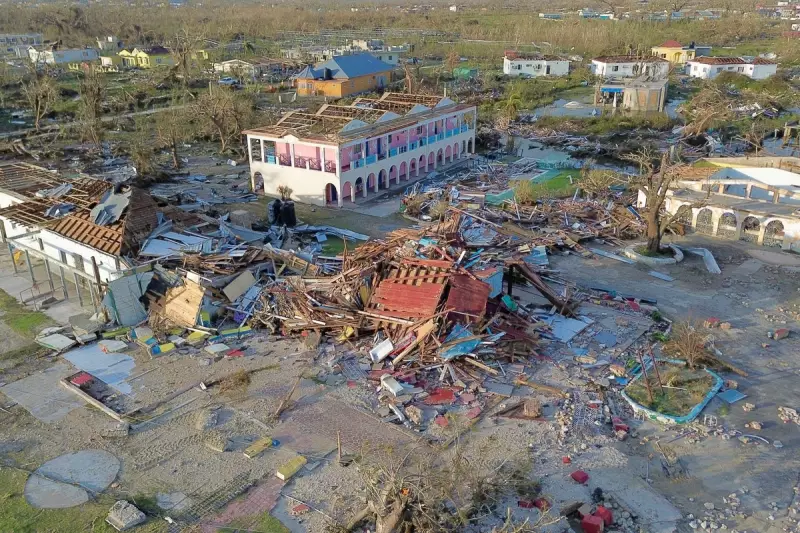
Jamaica's government has officially declared an outbreak of the dangerous bacterial disease, leptospirosis, in the wake of the devastating Hurricane Melissa. The storm's catastrophic flooding has been linked to six suspected fatalities from the illness.
Storm Aftermath Fuels Public Health Crisis
The Category 5 hurricane struck the Caribbean island on 28 October 2025, unleashing approximately 76 cm (30 inches) of rain. This led to widespread flooding and landslides, with the resulting stagnant water creating a perfect breeding ground for the leptospirosis bacteria.
Health Minister Christopher Tufton announced the situation on Friday, confirming that nine cases had been identified in the period from 30 October to 20 November. A further 28 cases are under investigation as suspected infections.
Understanding the Threat of Leptospirosis
Leptospirosis is transmitted to humans through water or soil that has been contaminated with the urine of infected animals, most commonly rodents. The bacteria can enter the body through small cuts in the skin or via mucous membranes such as the eyes, nose, and mouth.
While initial symptoms like fever, headache, and muscle pain can be mistaken for influenza, the disease can rapidly progress to a severe, life-threatening stage. This severe form can cause kidney failure, liver damage, meningitis, and severe internal bleeding.
High-Risk Groups and Economic Damage
Minister Tufton issued a stark warning at a press conference, stating, "The outbreak follows the passage of the storm which has created conditions that have increased the risk of exposure to contaminated water and soil."
He highlighted that individuals with direct contact with floodwaters are at particular risk. This includes farmers, cleanup crews, emergency responders, and anyone navigating flooded zones.
Beyond the immediate health emergency, the financial toll from Hurricane Melissa is staggering. Jamaican officials estimate damages of around $10 billion, crippling the nation's vital tourism and agriculture sectors and damaging close to 200,000 buildings.





